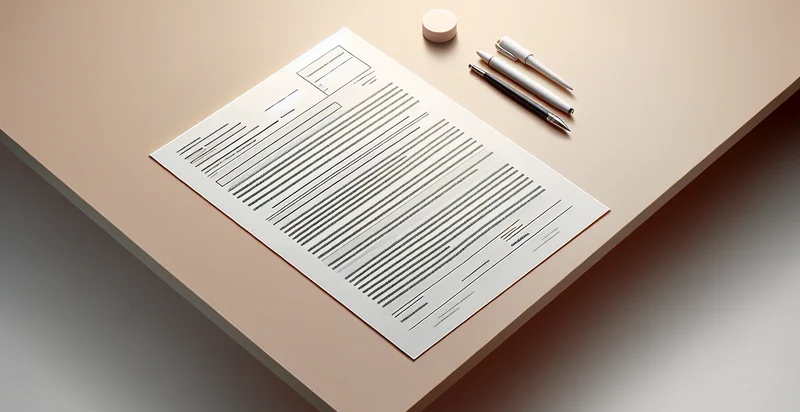Identify if document is properly aligned
using AI
Below is a free classifier to identify if document is properly aligned. Just upload your image, and our AI will predict if the document is properly aligned - in just seconds.

Contact us for API access
Or, use Nyckel to build highly-accurate custom classifiers in just minutes. No PhD required.
Get started
import nyckel
credentials = nyckel.Credentials("YOUR_CLIENT_ID", "YOUR_CLIENT_SECRET")
nyckel.invoke("if-document-is-properly-aligned", "your_image_url", credentials)
fetch('https://www.nyckel.com/v1/functions/if-document-is-properly-aligned/invoke', {
method: 'POST',
headers: {
'Authorization': 'Bearer ' + 'YOUR_BEARER_TOKEN',
'Content-Type': 'application/json',
},
body: JSON.stringify(
{"data": "your_image_url"}
)
})
.then(response => response.json())
.then(data => console.log(data));
curl -X POST \
-H "Content-Type: application/json" \
-H "Authorization: Bearer YOUR_BEARER_TOKEN" \
-d '{"data": "your_image_url"}' \
https://www.nyckel.com/v1/functions/if-document-is-properly-aligned/invoke
How this classifier works
To start, upload your image. Our AI tool will then predict if the document is properly aligned.
This pretrained image model uses a Nyckel-created dataset and has 2 labels, including Aligned and Misaligned.
We'll also show a confidence score (the higher the number, the more confident the AI model is around if the document is properly aligned).
Whether you're just curious or building if document is properly aligned detection into your application, we hope our classifier proves helpful.
Related Classifiers
Need to identify if document is properly aligned at scale?
Get API or Zapier access to this classifier for free. It's perfect for:
- Document Processing Automation: This use case involves using the alignment identifier to enhance automated document scanning processes. By ensuring that documents are properly aligned before processing, organizations can reduce errors and improve the efficiency of data extraction and processing workflows.
- Quality Control in Printing: In printing industries, this function can be utilized to verify the alignment of print materials during production. By identifying misalignments early, companies can prevent costly reprints and maintain high-quality standards for printed products.
- Digital Archiving: Libraries and archives can implement this identifier in their digitization efforts to ensure that scanned documents are correctly aligned. Proper alignment enhances the readability and usability of digital archives, making it easier for researchers and the public to access historical documents.
- Legal Document Review: Law firms can employ this function during the review of scanned legal documents to ensure they are properly aligned. This helps in maintaining document integrity and allows for easier reference during legal consultations and trials.
- Invoice Processing: Businesses can use the alignment identifier to streamline the accounts payable process by checking the alignment of submitted invoices. This not only speeds up the approval and payment processes but also reduces discrepancies caused by misaligned documents.
- Educational Document Submission: Educational institutions can utilize this function to verify the alignment of student-submitted documents, such as essays and research papers. By ensuring proper alignment, schools can facilitate a smoother review process and maintain consistent formatting standards.
- Image Recognition in Mobile Apps: Mobile applications that allow users to scan documents can integrate this identifier to enhance user experience. By providing feedback on document alignment, apps can improve the quality of the captured images, resulting in better subsequent processing and recognition outcomes.


